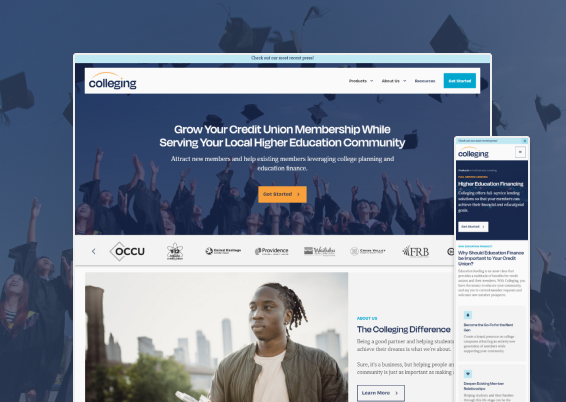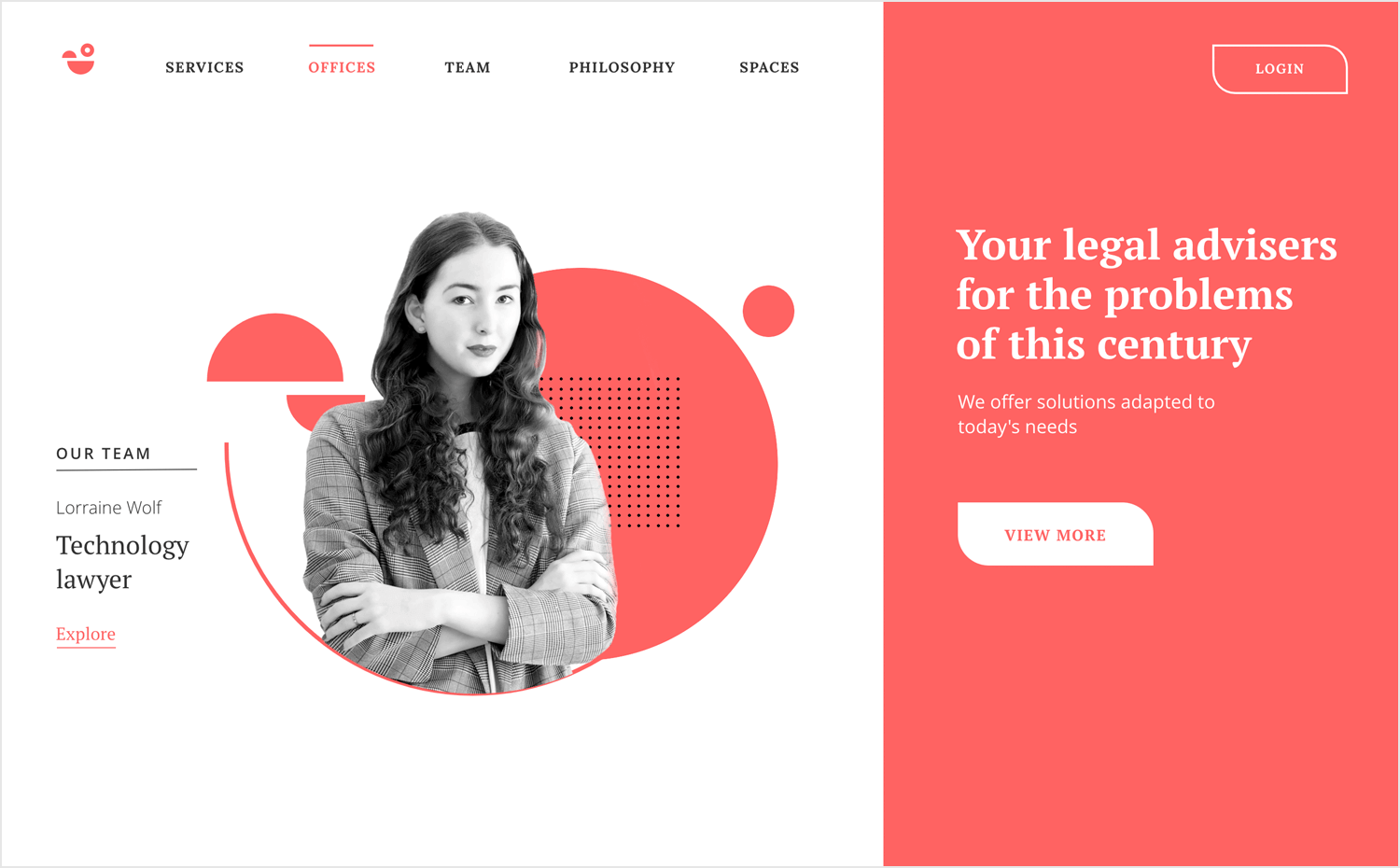The Power of User-Centered Website Style in Expanding Your Online Audience
Efficient style concepts-- such as user-friendly navigating and access-- are crucial in cultivating customer contentment and commitment. What methods can companies embrace to ensure their designs reverberate with individuals and eventually drive growth?

Comprehending User-Centered Style
User-Centered Style (UCD) is an essential technique to internet site development that prioritizes the needs, choices, and habits of end individuals throughout the style procedure. This technique emphasizes recognizing users deeply-- via research methods such as meetings, studies, and functionality testing-- to create a website that resonates with them. By including customer comments at every stage, developers can make certain that the last product aligns very closely with individual assumptions.
UCD promotes iterative layout, where models are evaluated and refined based upon individual interactions and experiences. This cycle not just improves usability yet likewise fosters a feeling of ownership among customers, as they feel their input is valued and impactful. Furthermore, UCD helps recognize prospective obstacles and pain points in the individual journey, permitting designers to address these difficulties proactively.
Ultimately, welcoming UCD causes websites that are extra user-friendly, interesting, and effective. By positioning individuals at the facility of the style procedure, organizations can develop digital experiences that not just draw in yet likewise retain their target market, driving greater satisfaction and commitment. In a competitive on the internet landscape, this method is essential for attaining sustained success.
Trick Principles of Customer Experience
A successful individual experience (UX) depends upon a number of vital principles that lead the design process and boost interaction between customers and the website. Primarily, use is critical; the internet site must be user-friendly, permitting customers to navigate easily and discover details promptly. This includes clear labeling and a sensible structure that minimizes cognitive lots.
Second of all, ease of access plays a crucial duty in ensuring that all users, no matter their capabilities or handicaps, can effectively involve with the internet site. Integrating alt text for photos, key-board navigating, and screen reader compatibility fosters inclusivity.
Consistency is an additional essential concept. A natural layout language, from shade schemes to typography, aids customers develop experience and count on with the internet site (Website Design). It likewise enhances brand name identification
Additionally, responses systems are crucial. Individuals must receive instant and clear responses to their activities, whether via visual cues or verification messages, which boosts their self-confidence in browsing the site.
Finally, mobile responsiveness can not be ignored. With an enhancing number of customers accessing sites through smart phones, a design that adjusts perfectly to numerous screen sizes is vital for maintaining a positive individual experience.

Advantages for Online Involvement
Effective online engagement provides numerous benefits that can considerably enhance a website's total efficiency - Website Design. By promoting significant communications between customers and the internet site, organizations can cultivate a loyal target market that returns with regularity. Engaged customers are more probable to share web content, thus increasing natural reach and attracting new site visitors via word-of-mouth promotion
Enhanced online involvement additionally leads to enhanced customer fulfillment. When individuals discover an internet site that reverberates with their needs, they are extra inclined to discover its offerings thoroughly, which can bring about greater conversion prices. Furthermore, appealing web content encourages individuals to spend more time on the site, minimizing bounce rates and favorably affecting internet search engine ranking algorithms.
Furthermore, reliable engagement gives vital insights into user preferences and habits (Website Design). By assessing user communications, companies can tailor their content and layout methods to satisfy the progressing assumptions of their audience. This flexible strategy not just enhances interaction yet additionally enhances the brand name's track record as user-centric and responsive
Ultimately, prioritizing online involvement through user-centered design develops a flourishing community where both the company and the target market advantage, bring about sustained development and success in the electronic landscape.
Strategies for Reliable Layout
To maximize the advantages of online engagement, using details strategies in website layout is vital. First, user-friendly navigation is view necessary; customers must conveniently find details without confusion. A well-structured menu, clear tags, and a rational hierarchy boost the user experience and minimize bounce prices.
2nd, receptive style is vital in today's multi-device setting. Making sure that a site adjusts effortlessly to different display dimensions promotes availability, consequently accommodating a more comprehensive target market. This adaptability not just improves customer contentment however likewise positively affects online search engine positions.
Third, making use of visual pecking order overviews individuals' interest to vital aspects, such as phone call to action (CTAs) Using contrasting shades, differing font sizes, and calculated spacing can properly guide users towards preferred actions, promoting better interaction.
In addition, implementing regular branding across all pages constructs depend on and recognition. A cohesive shade system, typography, and imagery strengthen brand identification and develop a professional appearance.
Last but not least, maximizing loading rates is necessary. Users are much less likely to engage with a slow-loading site, making efficiency optimization a crucial facet of reliable design. By including these methods, look at this web-site website creators can boost user experience and inevitably expand their on-line target market.
Real-World Success Stories
Success tales in user-centered internet site style show the concrete advantages of focusing on user experience. One noteworthy example is the redesign of the website for the not-for-profit company, Charity: Water. By incorporating individual feedback, the organization structured navigating and emphasized storytelling with impactful visuals. Because of this, they experienced a 250% rise in on-line donations, showing exactly how an instinctive style can drive user involvement and support.
Another engaging case is that of Airbnb, which utilized user-centered layout concepts to improve their reservation procedure. By streamlining the customer trip and integrating personalized recommendations, they substantially reduced site abandonment prices. This focus on user experience added to a profits development of over 70% in a single year, underscoring the relationship between properly designed interfaces and economic success.
Additionally, the ecommerce titan, ASOS, executed user screening to refine their mobile application. By resolving customer pain helpful resources factors, they attained a remarkable 30% boost in mobile sales. These instances highlight that buying user-centered style not just improves customer satisfaction however additionally drives concrete service results, reinforcing the essential role of individual experience in attaining online development.
Verdict
By prioritizing individual needs and choices, businesses can produce accessible and instinctive electronic experiences that foster commitment and drive conversions. The integration of user comments throughout the design procedure not just lowers bounce rates yet likewise urges expedition.
User-Centered Design (UCD) is a fundamental method to web site growth that focuses on the requirements, preferences, and actions of end users throughout the layout process. By incorporating customer comments at every stage, developers can ensure that the final product lines up carefully with user expectations.
A successful customer experience (UX) hinges on a number of crucial principles that direct the style process and improve communication in between customers and the web site.Success tales in user-centered website style show the concrete benefits of focusing on individual experience. These examples highlight that spending in user-centered layout not only enhances user contentment yet additionally drives tangible service outcomes, strengthening the critical duty of individual experience in attaining online growth.